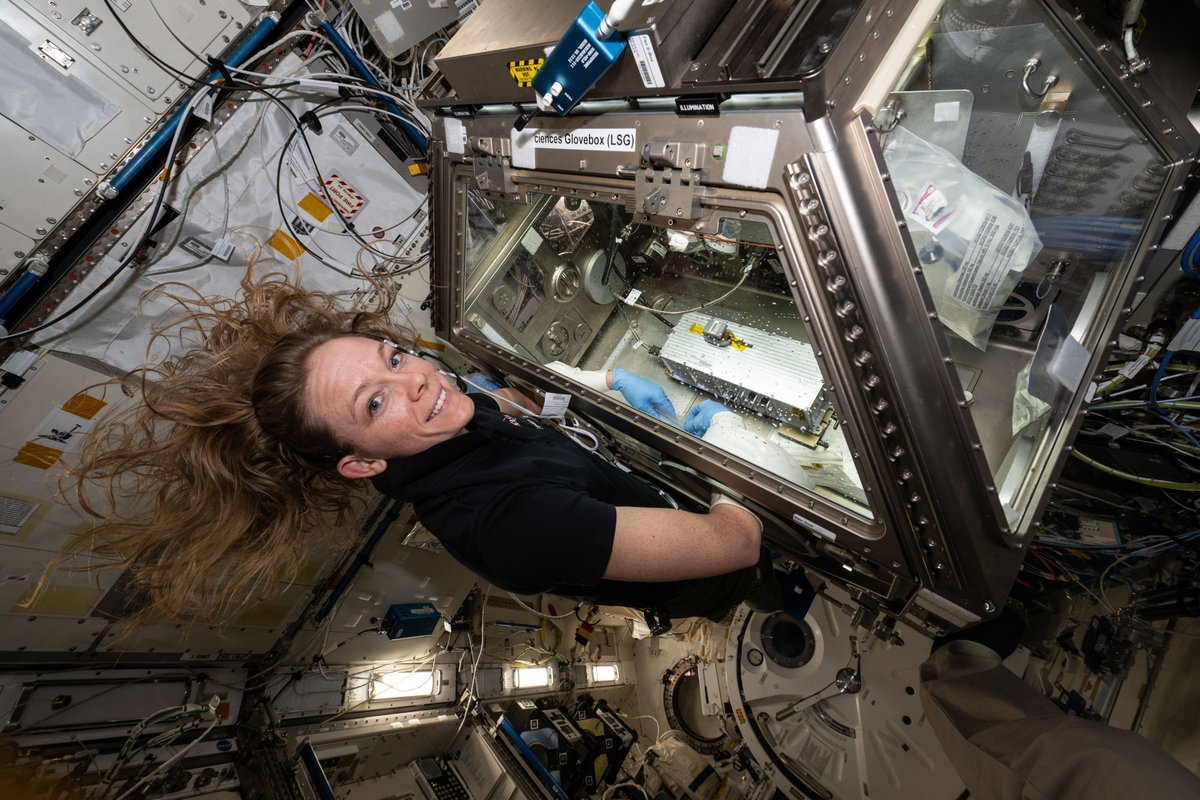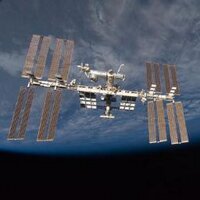
ISS Research
@iss_research
NASA's official source for research and science from the International Space Station: the world's laboratory in orbit.
Verification: nasa.gov/socialmedia
ID: 189253902
http://www.nasa.gov/iss-science 10-09-2010 19:48:53
20,20K Tweet
1,3M Followers
180 Following

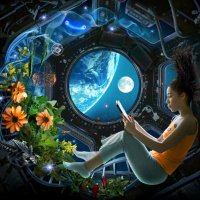
The International Space Station SEAQUE study tests not one, but two technologies that could advance the field of quantum communications! #quantumLeaps #ThrivingInSpace Here’s what its testing: go.nasa.gov/3NAWJWf


We're ready for a power-up! 💪👩🚀 The installation of IROSAs are increasing power generation capability up to 30% for research and operations aboard International Space Station. Discover the latest experiments powered by these solar panels: go.nasa.gov/436vqvn

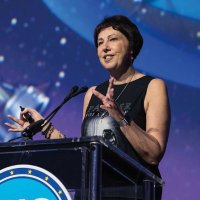
Using International Space Station's Cold Atom Lab, scientists are conducting atom interferometry in space, paving the way for future missions to explore physical laws that govern the universe, study the composition of planets, and even monitor ice sheet thickness on Earth:
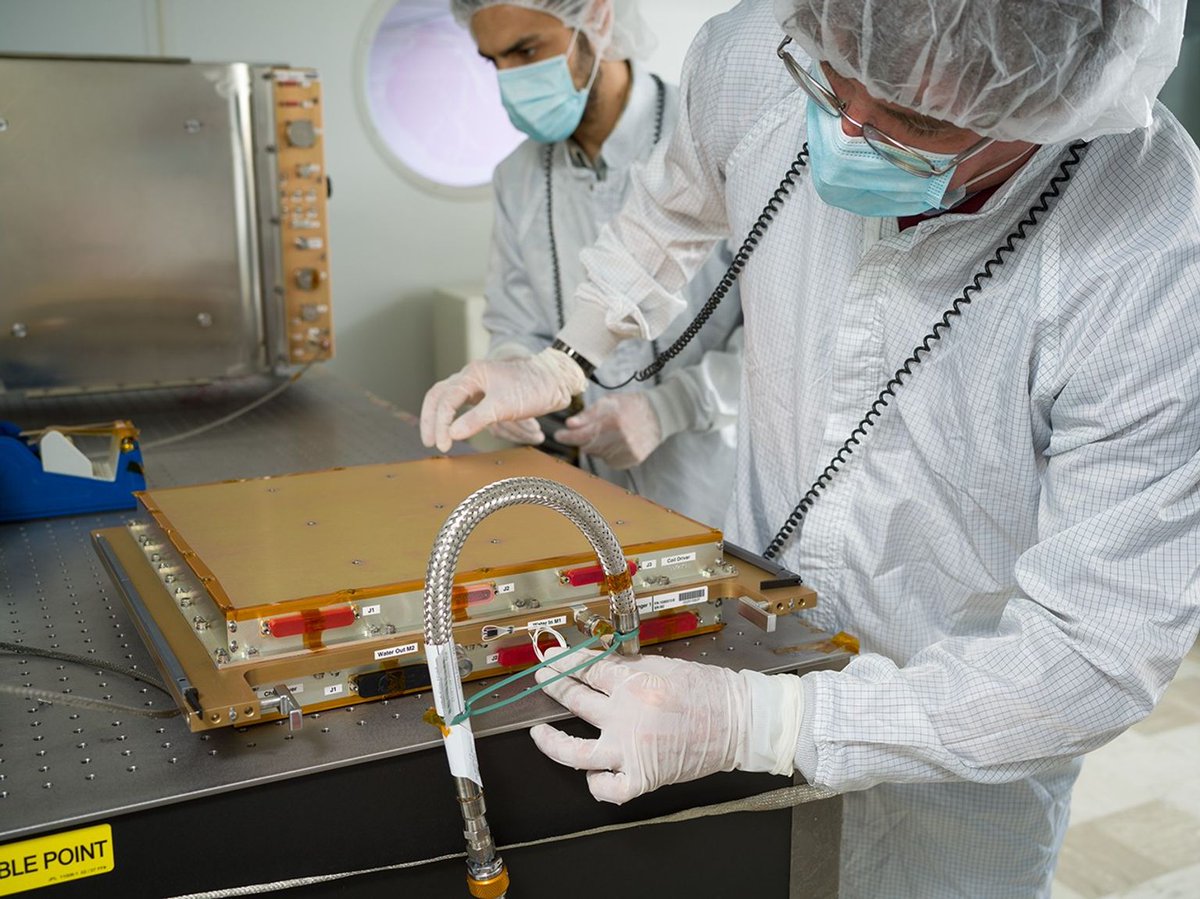
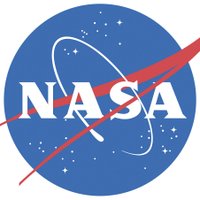
No leg days skipped in space! 🏋️ #DYK astronauts exercise for about 1.5 hours a day aboard the International Space Station? They are protecting themselves from bone and muscle loss that could result from microgravity. Learn more: go.nasa.gov/3YZCOWP
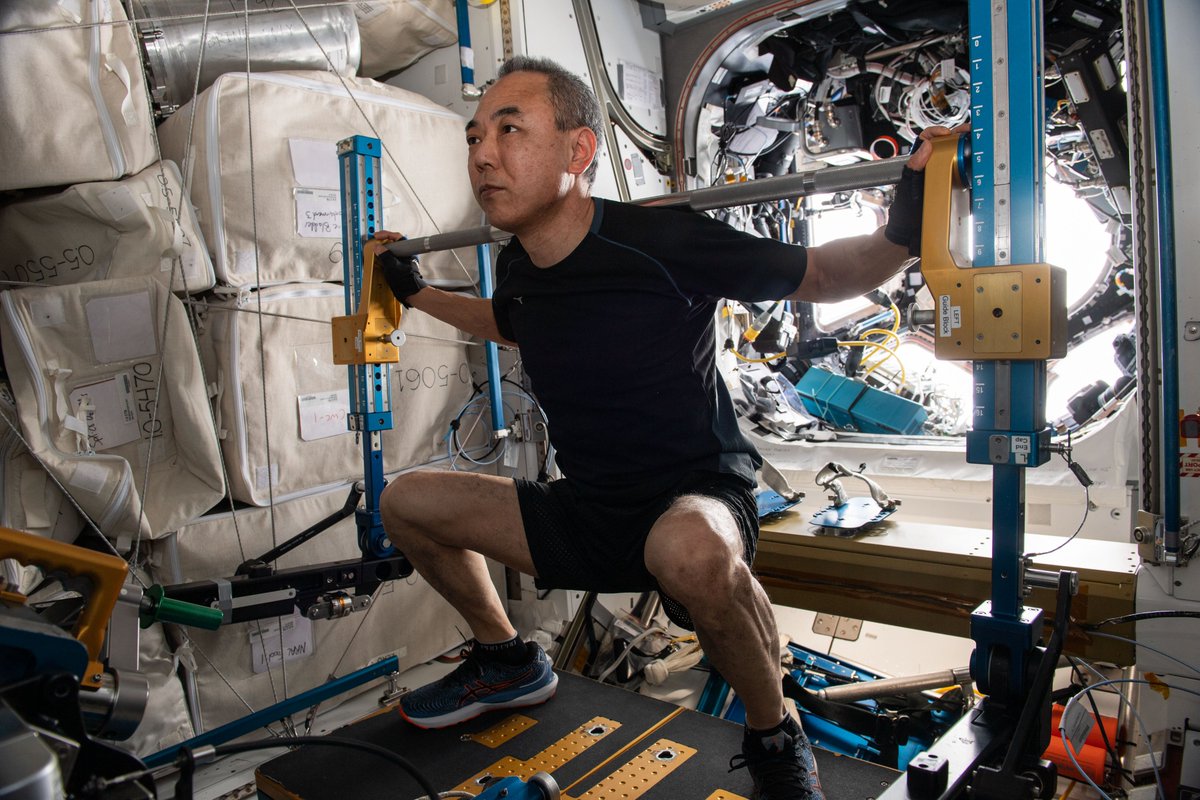
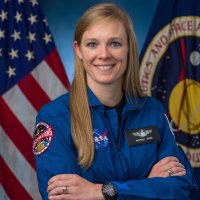
I see you U.S. Air Force Academy! Proud of the ISS Research my alma mater is doing up here and excited to set it up and take part! Couldn’t miss a chance to wear an Air Force shirt or two. 😉 Rhodium USAFA Non-Photosynthetic Inquiry into Growth Habit Traits, or Rhodium USAFA NIGHT,

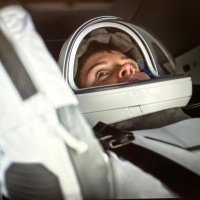



More power = more science. ⚡ On May 1, crew installed hardware outside International Space Station for a 7th solar array. ☀️ Spacewalks allow crew to safely repair tech, upgrade instruments, and conduct research while in orbit. Step outside with us: go.nasa.gov/3Z3AVZf
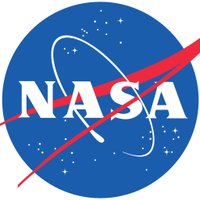
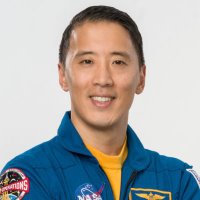
M+33: The Air Force Academy (Nichole “Vapor” Ayers's alma mater) is doing a neat botanical experiment to examine whether a carbon dioxide replacement can reduce a plant’s dependence on photosynthesis and increase growth in space-grown plants. This can help reduce energy use on future
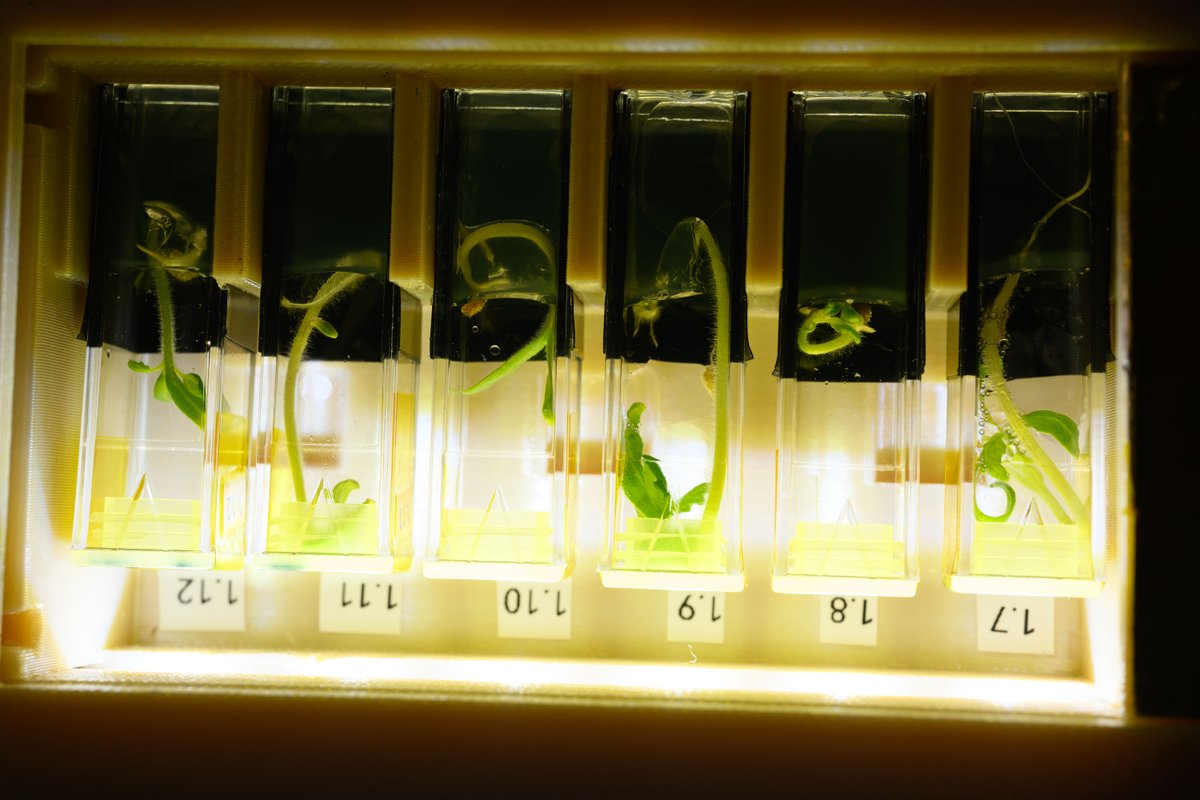

Space may look peaceful from afar but it’s a harsh environment—especially for humans. From DNA damage to bone loss to ensuring there’s enough food for missions—space is tough. NASA is working to keep astronauts safe. Discover: go.nasa.gov/463MnVm ISS Research International Space Station
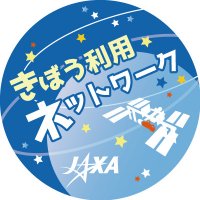

Nichole and Anne pack up MISSE samples for return to Earth. MISSE exposed materials and tech to the harsh space environment outside International Space Station. This platform helps design more durable materials and tech for future space missions. go.nasa.gov/45b1jUT
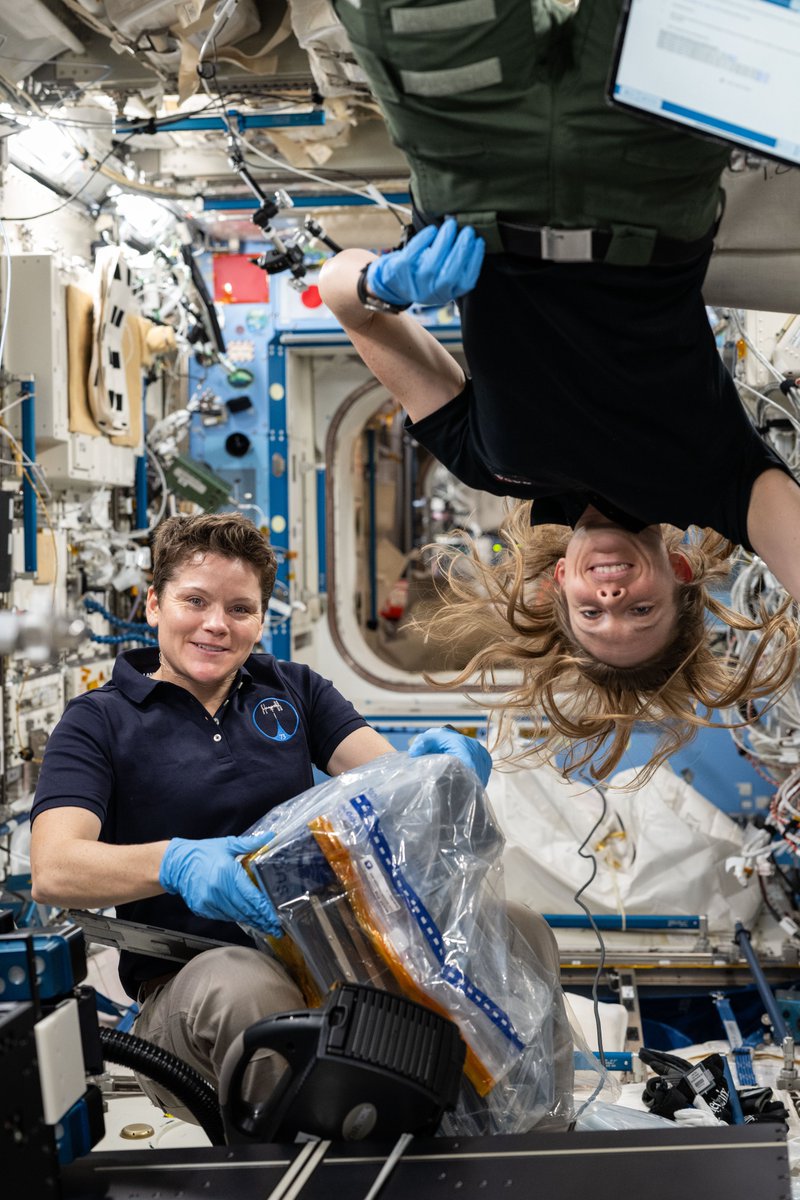

.Nichole “Vapor” Ayers retrieves a sample from ADSEP, a facility that allow the production of different protein crystals in microgravity. Results could fast-track the development of new and improved medicines and treatments. go.nasa.gov/4eA9cWo
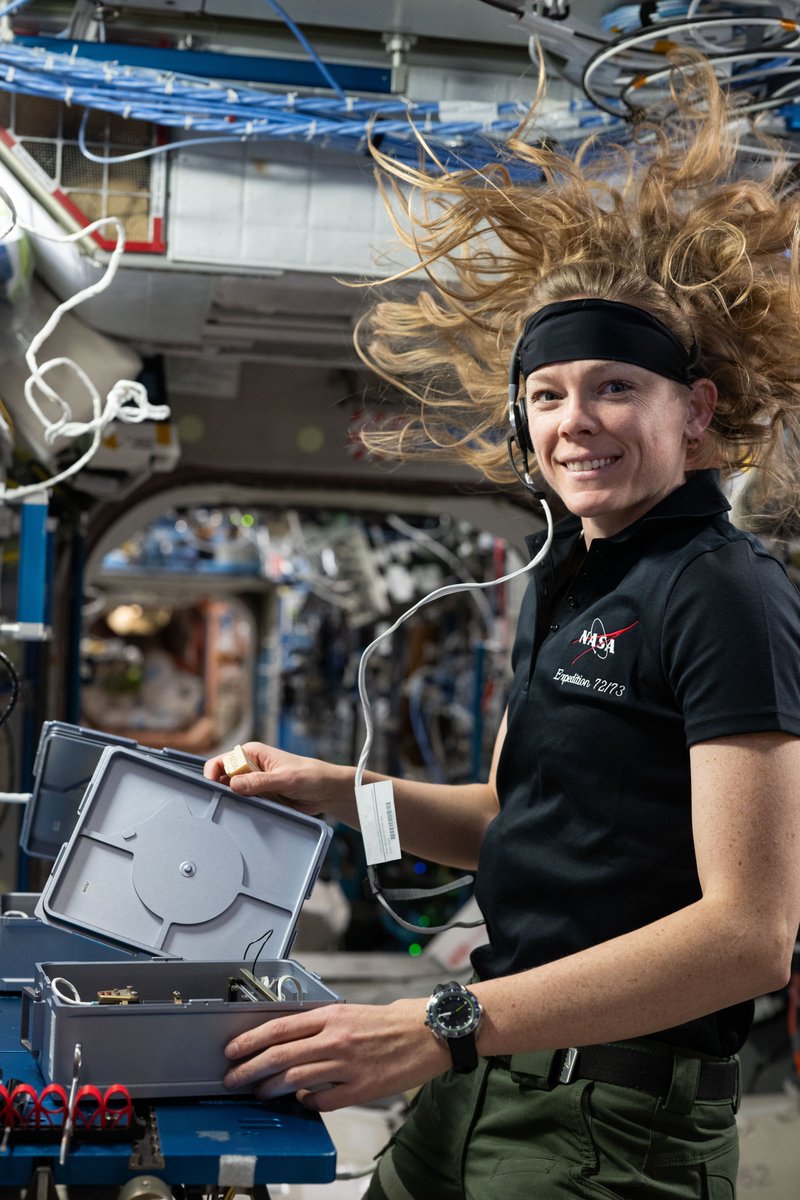


.Nichole “Vapor” Ayers was hands-on in the Life Science Glovebox testing ELVIS, a microscope designed to capture bacteria movement in 3D. This tool could help detect potentially infectious organisms in space. go.nasa.gov/4cWFaLZ
